How to use lighting to boost productivity at home - Get the right lighting to feel energised, efficient and effective
Harness the power of lighting when you need to get things done
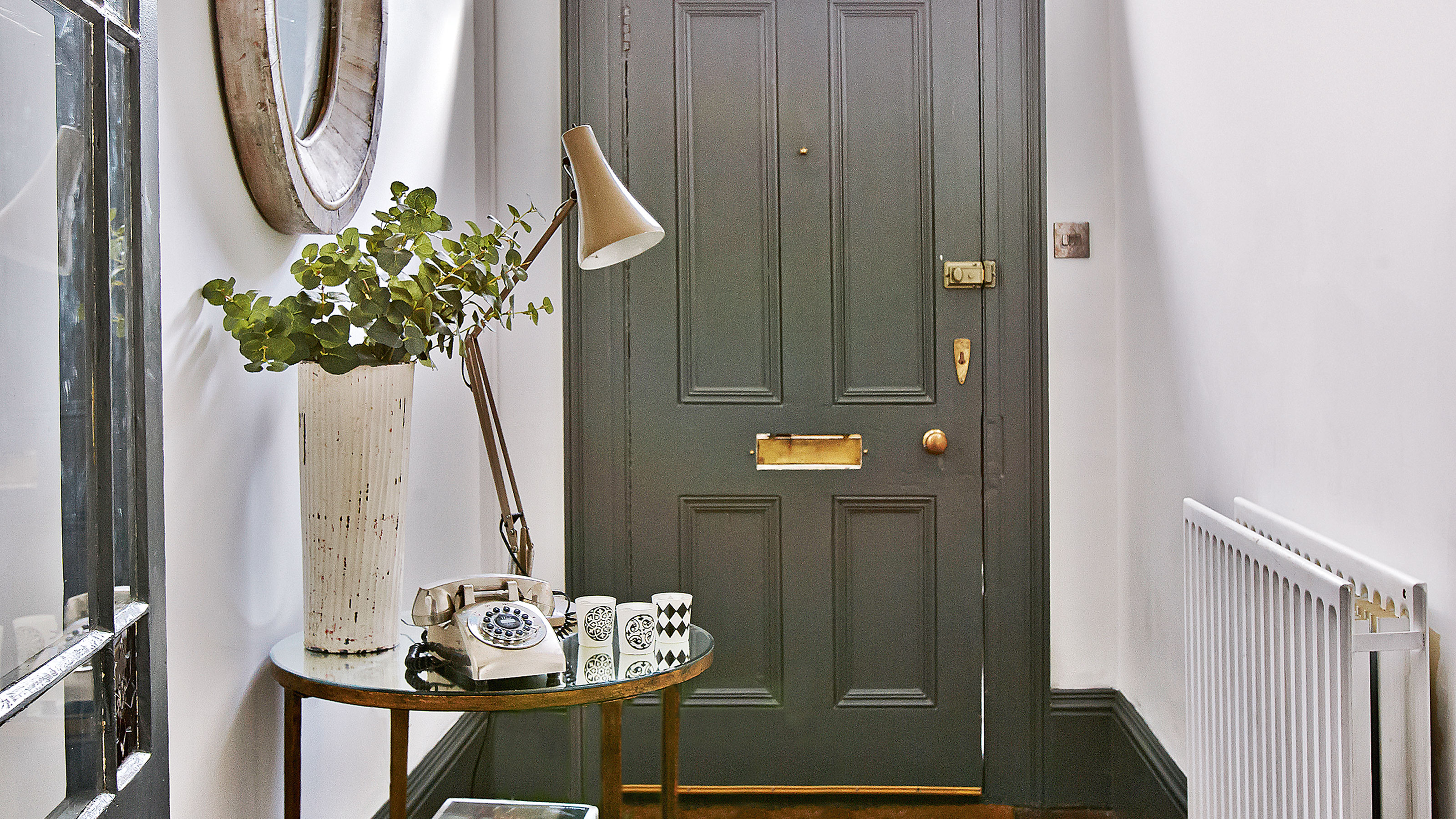


We like to think of our homes as havens of relaxation, but they’re also places where we need to get stuff done. Perhaps you work remotely or often have personal finance or household admin to manage. Homework and housework also need an efficient frame of mind. Organising your messy desk will get you so far, but the right lighting can also help boost productivity.
Whether it's for a home office idea or kitchen, getting the lighting right can have a huge impact on your ability to focus and power through tasks.
Why does it help? Academics at London’s City University Centre for Performance at Work produced a study, Lighting, Wellbeing and Performance at Work which explains, ‘Researchers have been able to document consistent effects in relation to the impact of lighting on visual performance and health. Poor lighting can result in eye strain, fatigue and aching, which in turn is likely to lead to deterioration in performance.’
Research shows that the healthiest and most natural way to light your home is in sync with our bodies’ circadian rhythm. This is our internal clock which follows the 24-hour cycle of day and night. Hormones, triggered by daylight at dawn and darkness at light, make us wakeful or sleepy. Simulating this cycle with artificial lighting is effective, as long as you are using the right effect for the time of day. Sunrise alarm clocks and SAD lamps are based on this principle.
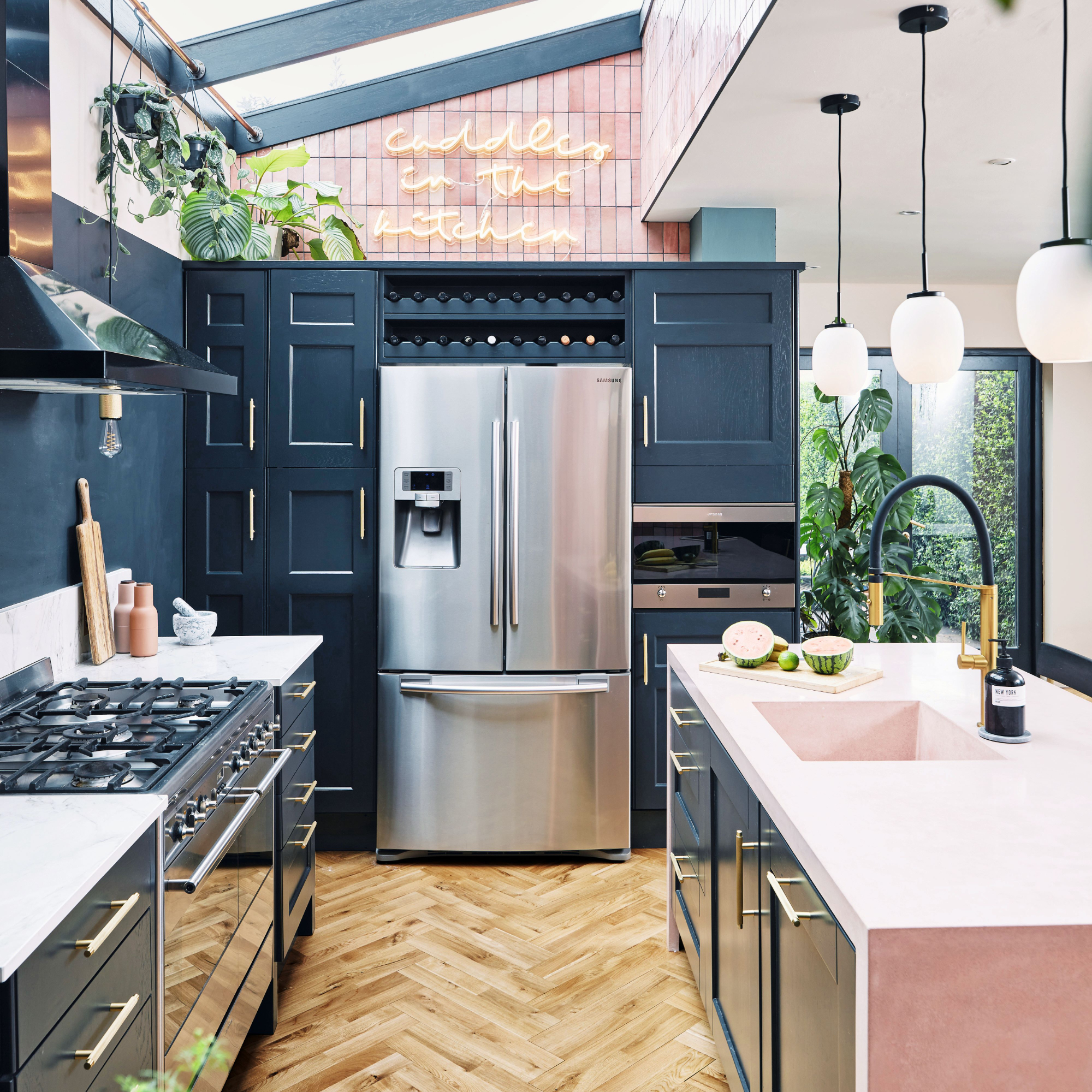
What type of lighting boosts productivity?
Natural light is always the best option. The benefits of natural light are proven for better mood, stress levels and sleep. A study done back in 2018 at the USA’s Cornell University found that office workers sitting next to the window reported a 56% decrease in drowsiness, were 63% less likely to get tension headaches and 51% less likely to suffer from eye strain.
There are many ways to maximise natural light, such as using reflective paint finishes and surfaces and making sure the windows are regularly cleaned.
For dull and shorter days, lighting designer Eleanor Bell recommends the following: ‘Cool blue to rich white lights are known to stimulate the brain and can boost productivity.’
Get the Ideal Home Newsletter
Sign up to our newsletter for style and decor inspiration, house makeovers, project advice and more.
Be sure not to use these in the evening, though: ‘As they suppress melatonin production, they are best not used later in the day as this can disrupt our circadian rhythm (sleep-wake cycle).’
Eleanor spent six years in sales and PR, working for companies in London, before moving to Cornwall to study for her BA (Hons) in Contemporary Crafts at Falmouth University. She added technical skills to her portfolio by training as an electrician and went on to gain certificates in advanced lighting design from the Lighting Industry Association. As well as running her lighting design practice, Eleanor Bell Lighting Design, she also lectures at Falmouth University.
Simple lighting tricks you can use around your home
1. Optimise natural light
Whether you’re tackling a work project in your home-working space, chopping a mountain of vegetables in the kitchen or chugging through a pile of ironing, move into the light.
Hannah Prescott, interior designer at Diamond Interiors suggests, ‘Position your desk near a window to make the most of natural daylight, which helps to boost your mood and energy levels.’
2. Switch to daylight bulbs for work
Hannah Prescott continues, ‘To light your home office for optimal productivity, it's important to combine natural and artificial lighting effectively. During the darker months, when natural light is limited, consider using full-spectrum bulbs that mimic daylight to keep your workspace well-lit.’
You can easily pick up a pack of 4 daylight bulbs from Amazon for under £7.
3. Add more task lights
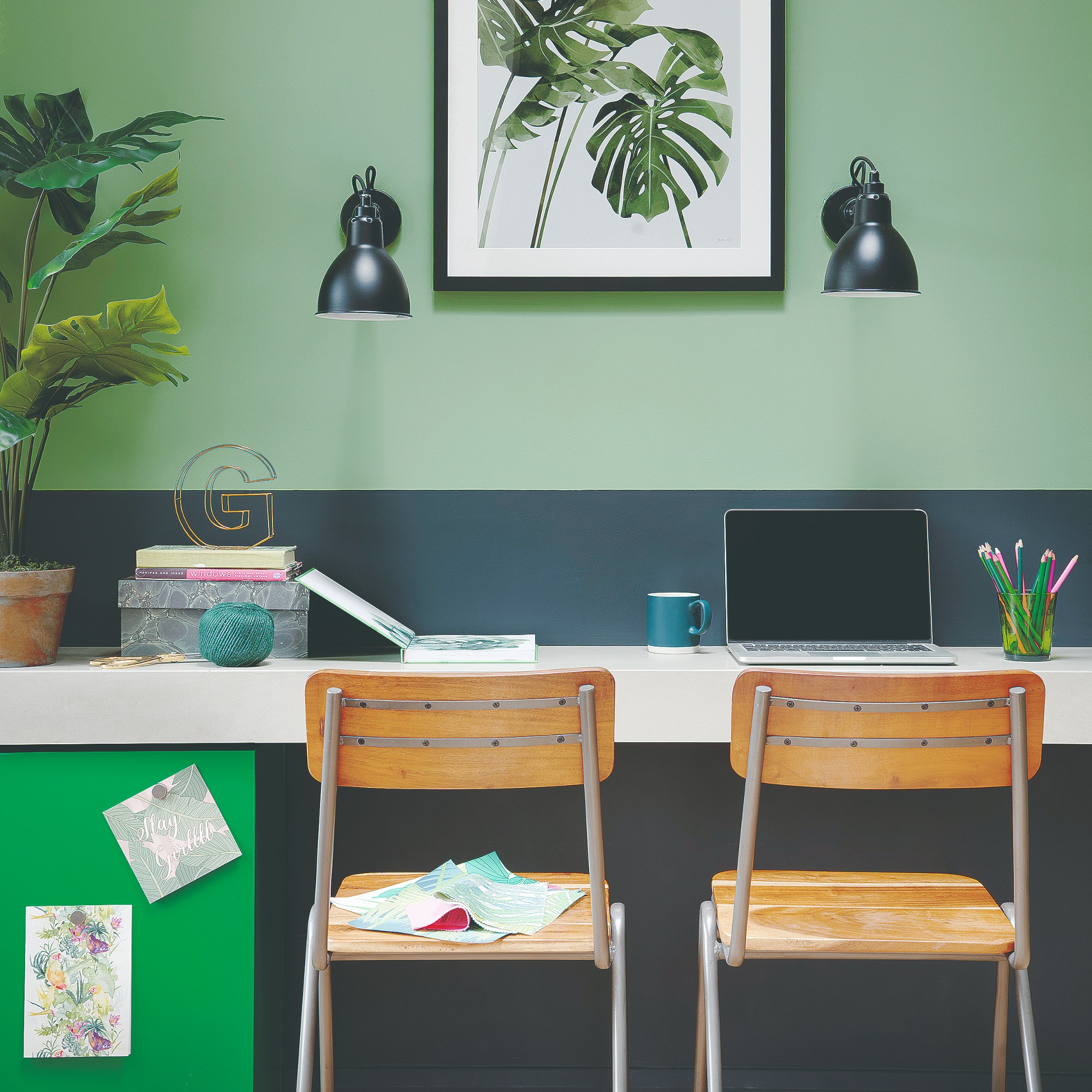
Hannah explains, ‘Task lighting, such as desk lamps or pendant lights, is essential for focused work as it reduces eye strain and ensures your workspace is properly illuminated. Wall-mounted lights can also free up valuable desk space, helping maintain a clutter-free, productive environment.’
This is essential in rooms where ceiling lights can be inadequate – one of the common mistakes in kitchen lighting.
4. Rethink those kitchen downlights
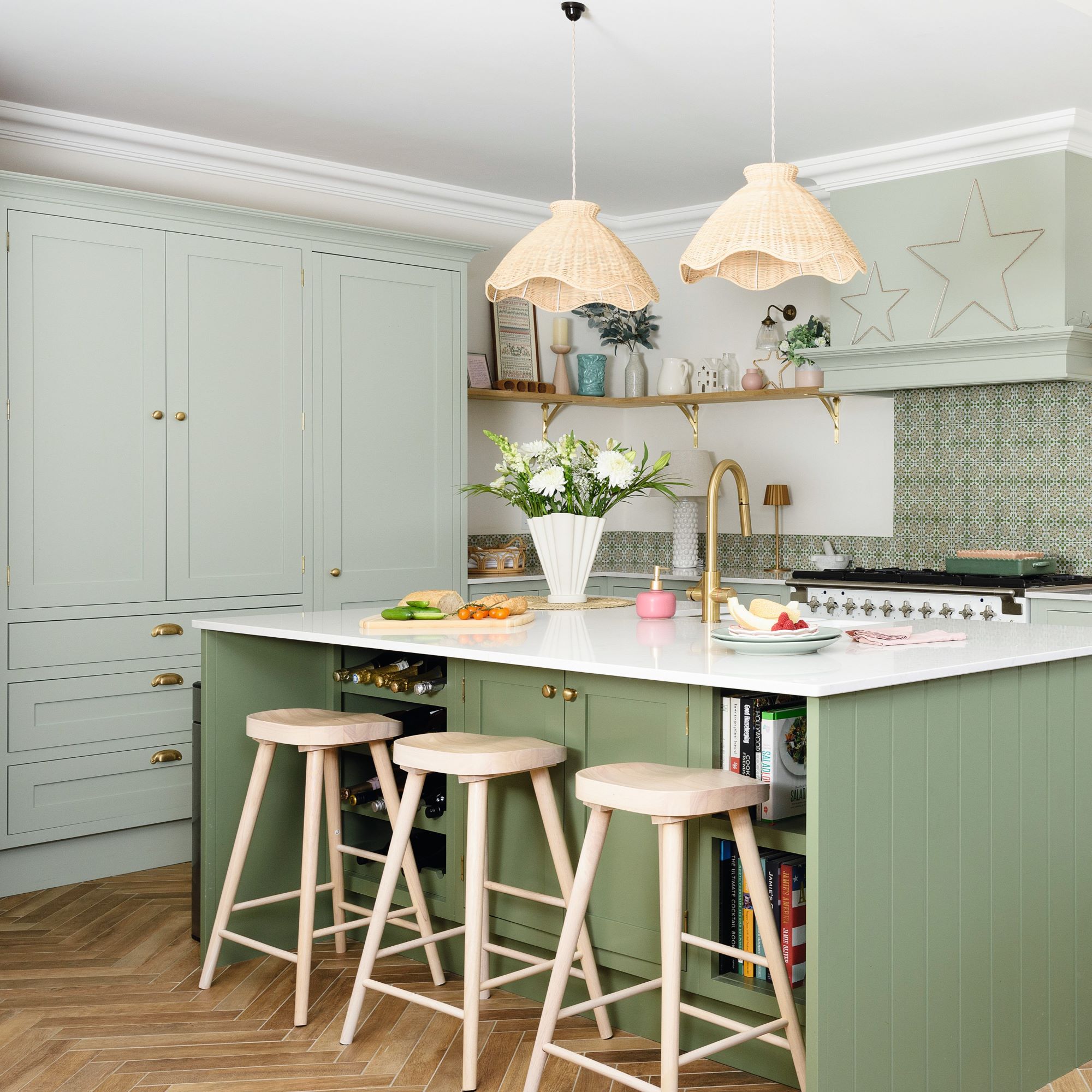
Luke Locke-Wheaton, lighting designer at Lighting Design Studio, reveals, ‘General blanket lighting over an entire kitchen is not required when the task areas are adequately provided for. It is a common mistake to have a grid of down lights washing a room with a uniformed light level. A high level of light directed on to a floor is wasted and needlessly using energy. To make a room appear ‘bright’, light should wash the walls and ceiling.
‘To ensure there is sufficient light within the kitchen for food preparation and cleaning, task lighting to work surfaces is essential. So key areas to focus light are the cooker and sink, with around 350lx being a good amount of light for these zones.
‘With the rising cost of electricity you should be looking to use some of the many fantastic energy efficient LED solutions available to reduce your bill. With wall mounted cabinets, low profile LED fittings mounted to the underside is an option.’
After gaining a BA(Hons) in three-dimensional design and diploma in lighting from The Lighting Educational Trust, Luke has worked on both commercial and residential projects from airports to historic buildings. He is now director at Lighting Design Studio.
5. Make your dining table a multitasking zone

Luke Locke-Wheaton comments, ‘Lighting here should be suitable for reading and doing homework, yet much lower and more intimate light levels are also required for dining and entertaining. Pendants above dining tables can provide a great feature and focal point within your space. Products that have a solid reflector create pools of light on a table. For a more ambient effect, glass pendants are an effective way of getting light onto many room surfaces, and up onto the ceiling.’
6. Use colour tunable lights
Lighting designer Eleanor Bell suggests, ‘Colour tunable lighting, also known as colour controlled temperature (CCT) lighting works with our circadian rhythm. Their colour varies between daylight white through to extra-warm white. You can buy all kinds of different CCT products and light bulbs so it can be applied to almost any lighting scheme.’
This type of lighting is particularly effective in rooms you use all the time, such as large open-plan multipurpose extensions with areas for cooking, dining and relaxing.
Eleanor explains, ‘They are great for spaces used throughout the day and evening, for example, a kitchen or open-plan space as they can be a cool bright white, like daylight in the morning, and dimmed down to a much warmer white in the evening when relaxing.’
7. Brighten with wall uplighters
Eleanor says, ‘CCT works particularly well with LED uplighting as this creates a wash of light across the ceiling and gives the feeling of a light sky above you.’
8. Think circadian if you work from home

David Amos, director at Amos Lighting explains, ‘Circadian lighting refers to lighting systems designed to align with the body's natural circadian rhythms.’
‘Circadian lighting in a home office can significantly boost productivity by aligning your lighting with your natural biological rhythms.
‘Start your day with bright, cool white light to simulate daylight. This helps to wake you up and improve focus. Around midday, when natural light is typically brightest, adjust your lighting to a bright, cool tone to enhance concentration and productivity.
‘Transition to a warm light as the day progresses, gradually shift to warmer tones. This can help signal to your body that it’s time to wind down, reducing eye strain and improving comfort.’
FAQs
What LED light helps with productivity?
Hannah Prescott, interior designer at Diamond Interiors advises, ‘The best LED lights for productivity are full-spectrum or daylight LEDs as they closely resemble natural daylight. These types of lights are great for reducing eye strain and maintaining focus by providing clear, bright light without casting harsh shadows.
'Adjustable LED desk lamps are a smart choice, allowing you to control the intensity and direction of the light to suit different tasks.’
Does cool lighting make you more productive?
It does, as Hannah explains: ‘Cool lighting, particularly in the range of 4000K to 5000K, is known to enhance alertness and focus, making it well-suited for a home office.
‘Cooler lighting mimics daylight and can create an invigorating atmosphere that reduces feelings of tiredness. However, it's also important to balance cooler lighting with warmer tones for moments when you want a more relaxed, comfortable environment to help reduce stress.’

Vanessa Richmond has been a freelance writer, editor and editorial consultant since 2021. Her career in magazines began in 1998 and, apart from a four-year stint at women’s lifestyle magazine Red, it has been spent working on interiors titles including House Beautiful, Country Homes & Interiors and Style at Home. She is a former editor of Ideal Home, Country Homes & Interiors and Style at Home magazines. She has also worked for House Beautiful and Red. During her 25 years as a journalist, she has been a sub-editor, columnist, deputy editor and editor. Now she combines freelance writing with being a secondary-school English teacher.
-
 Wood drenching is the calming new twist on the colour drenching trend – here’s how to make the look work in your home
Wood drenching is the calming new twist on the colour drenching trend – here’s how to make the look work in your homeIt’s easier than ever to embrace natural materials
By Maddie Balcombe
-
 Aldi is launching a £200 day bed with four different features - its sleek design is suited to the whole family
Aldi is launching a £200 day bed with four different features - its sleek design is suited to the whole familyYou don't want to miss out on this Specialbuy
By Kezia Reynolds
-
 How to set up a drip watering system that saves water and a lot of effort
How to set up a drip watering system that saves water and a lot of effortKeep your plants hydrated (and your water bill down) with this clever garden watering solution
By Natalie Osborn
-
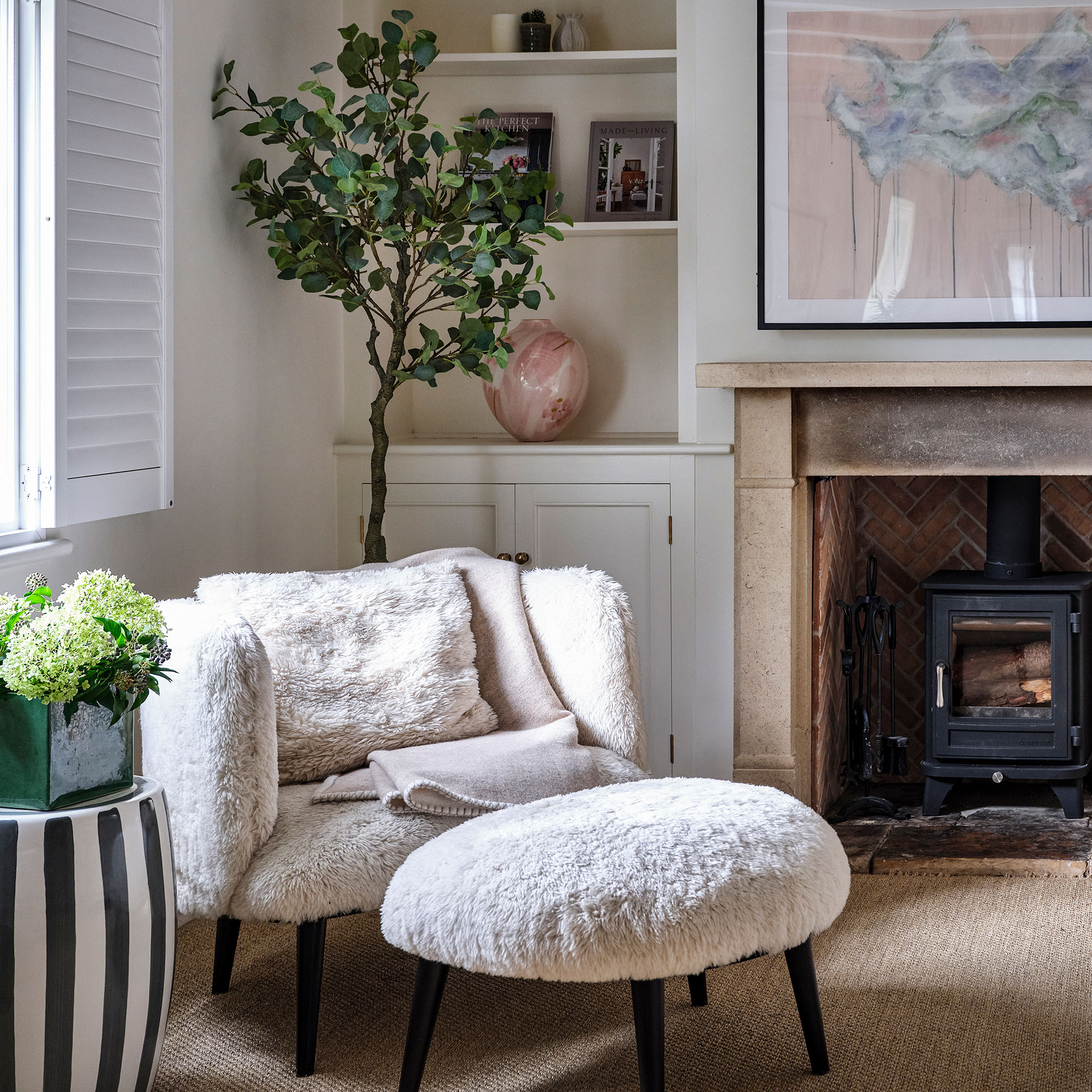 Hygge living room ideas — 6 ways to warm up your home with this Danish concept and cosy aesthetic
Hygge living room ideas — 6 ways to warm up your home with this Danish concept and cosy aestheticHunker down until summer finally arrives with these warming ideas
By Rebecca Knight
-
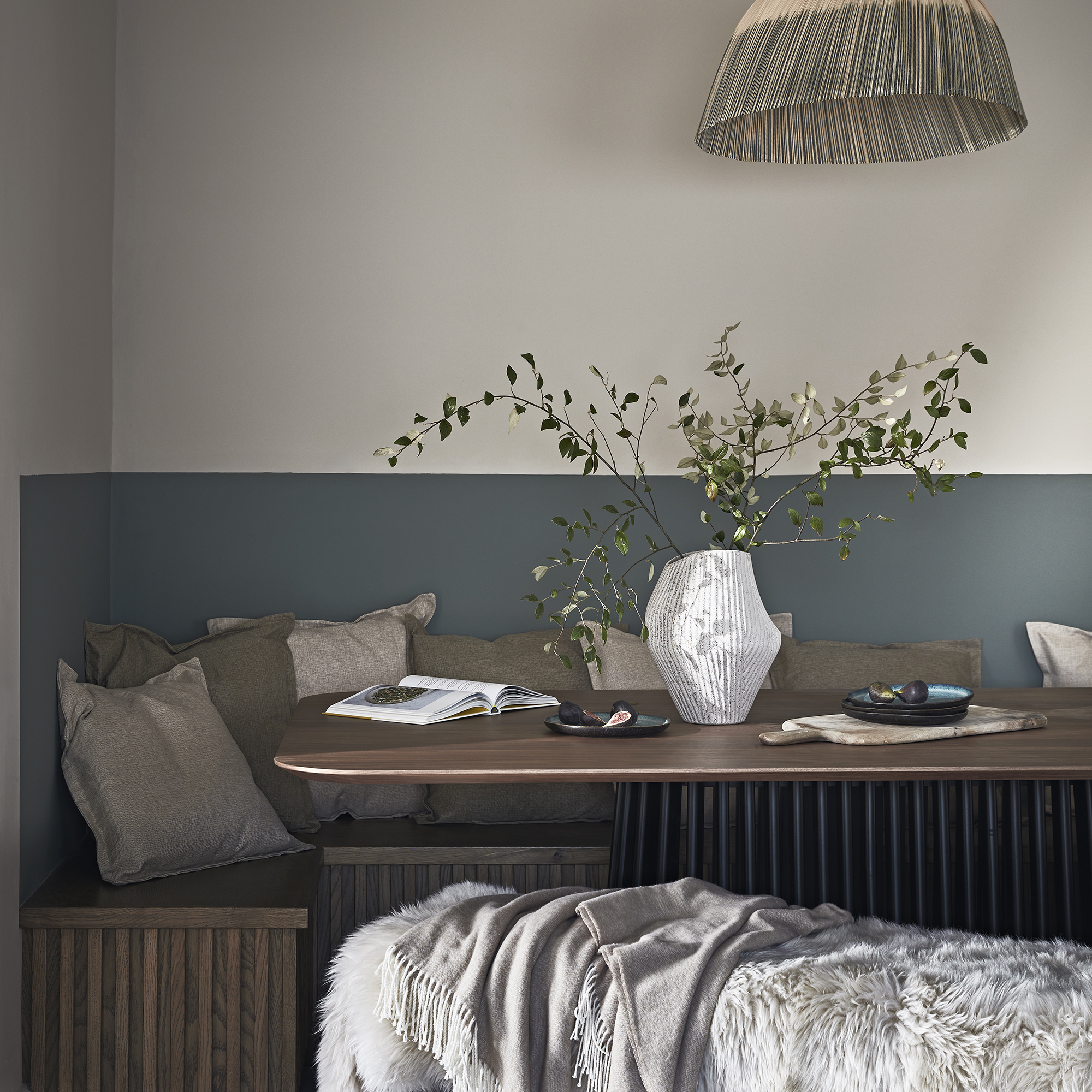
 How to create a sensory home – interiors experts reveal 5 easy ways to style your home and soothe your mind
How to create a sensory home – interiors experts reveal 5 easy ways to style your home and soothe your mindYou can turn any space into a sanctuary by following these simple steps
By Maddie Balcombe
-
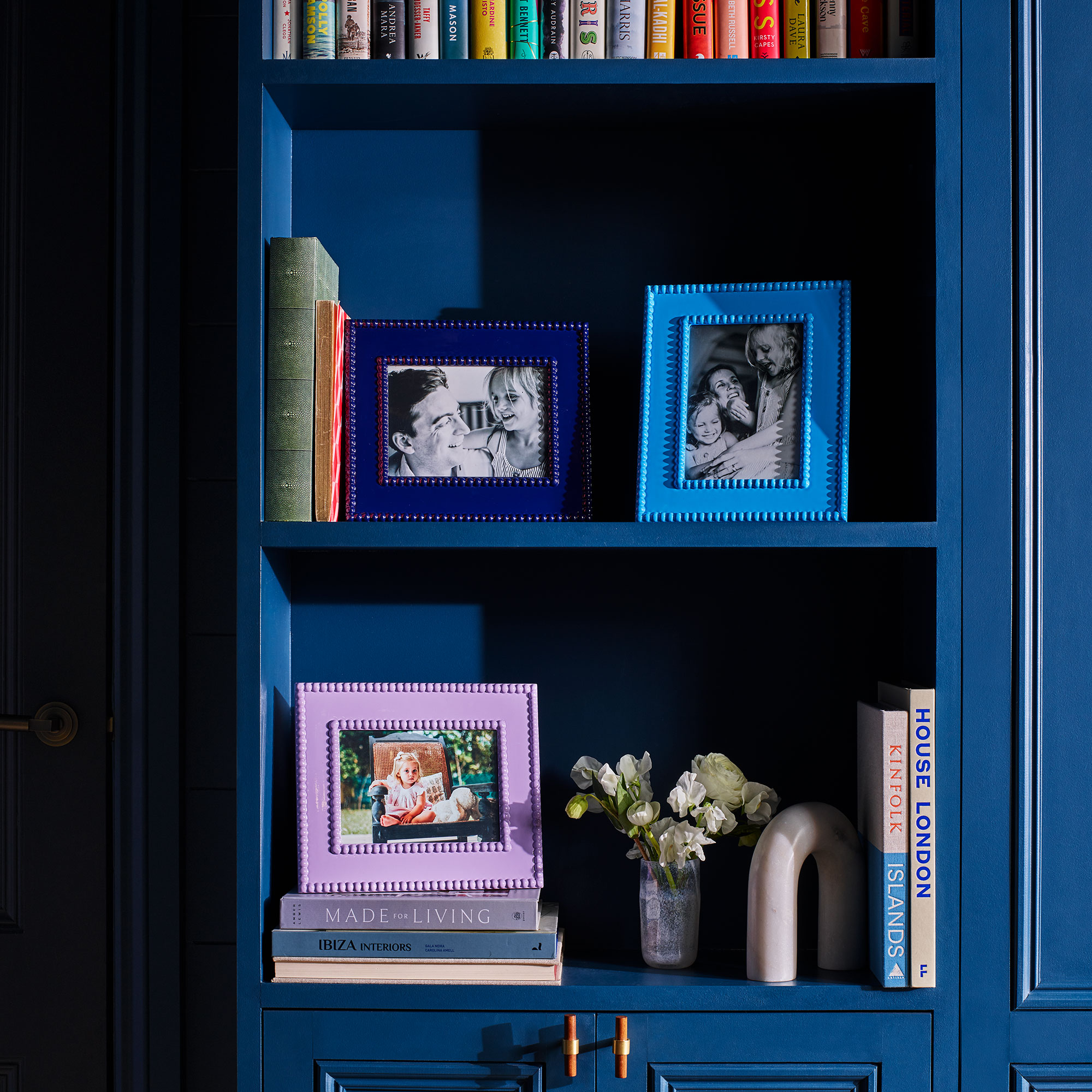
 Can displaying family photos at home make you happier? According to research it can — 5 ways to do it in style
Can displaying family photos at home make you happier? According to research it can — 5 ways to do it in styleHarness the mood-boosting power of looking through old photos by displaying your favourites
By Rebecca Knight
-
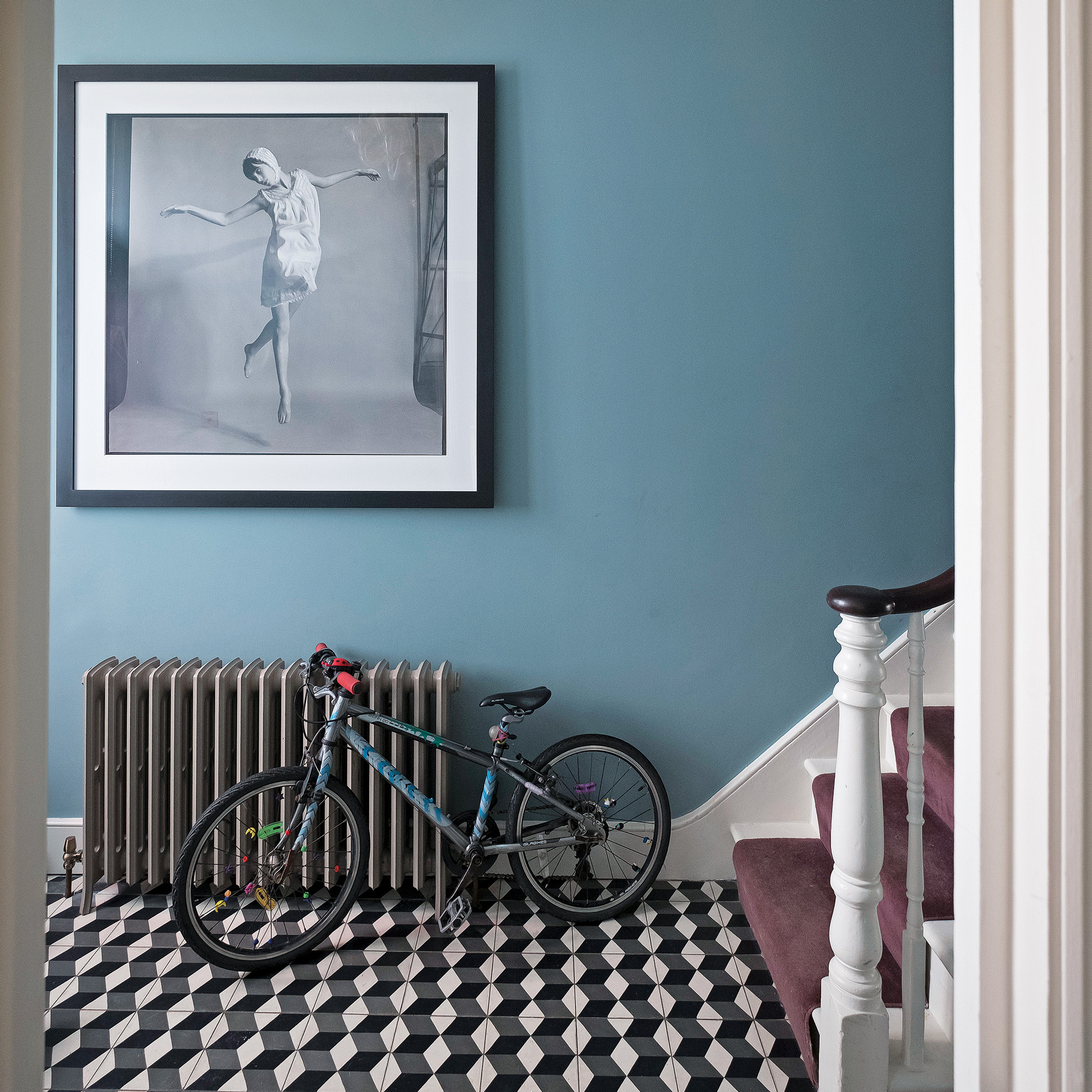 How to make a hallway smell incredible without candles - 7 ways to gently fragrance your entranceway
How to make a hallway smell incredible without candles - 7 ways to gently fragrance your entrancewayGo flame-free to safely scent your entryway
By Vanessa Richmond
-
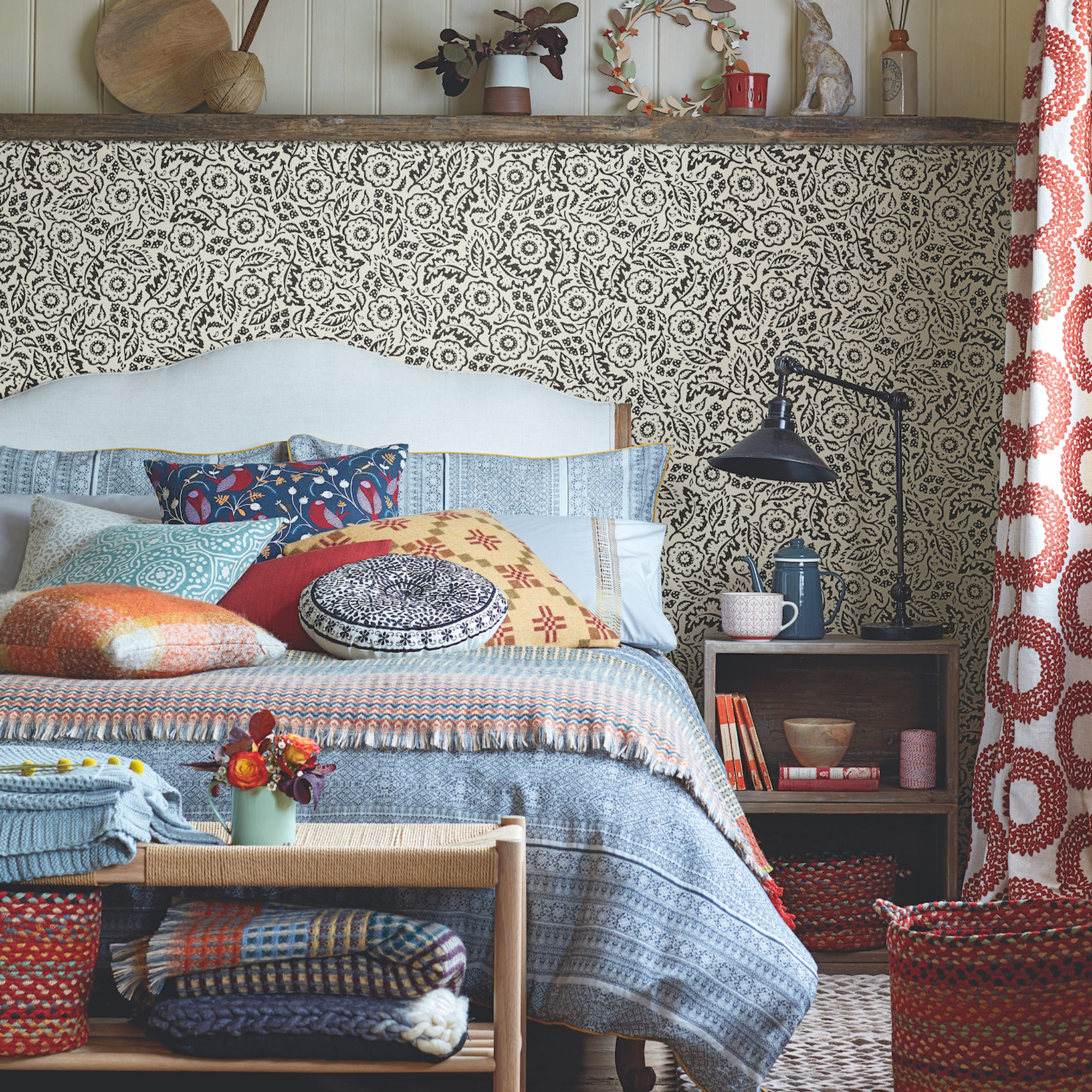 6 ways I brighten my home in January when the Christmas decorations come down, as an interior stylist
6 ways I brighten my home in January when the Christmas decorations come down, as an interior stylistHelp banish the winter gloom with these uplifting ideas
By Laurie Davidson
-
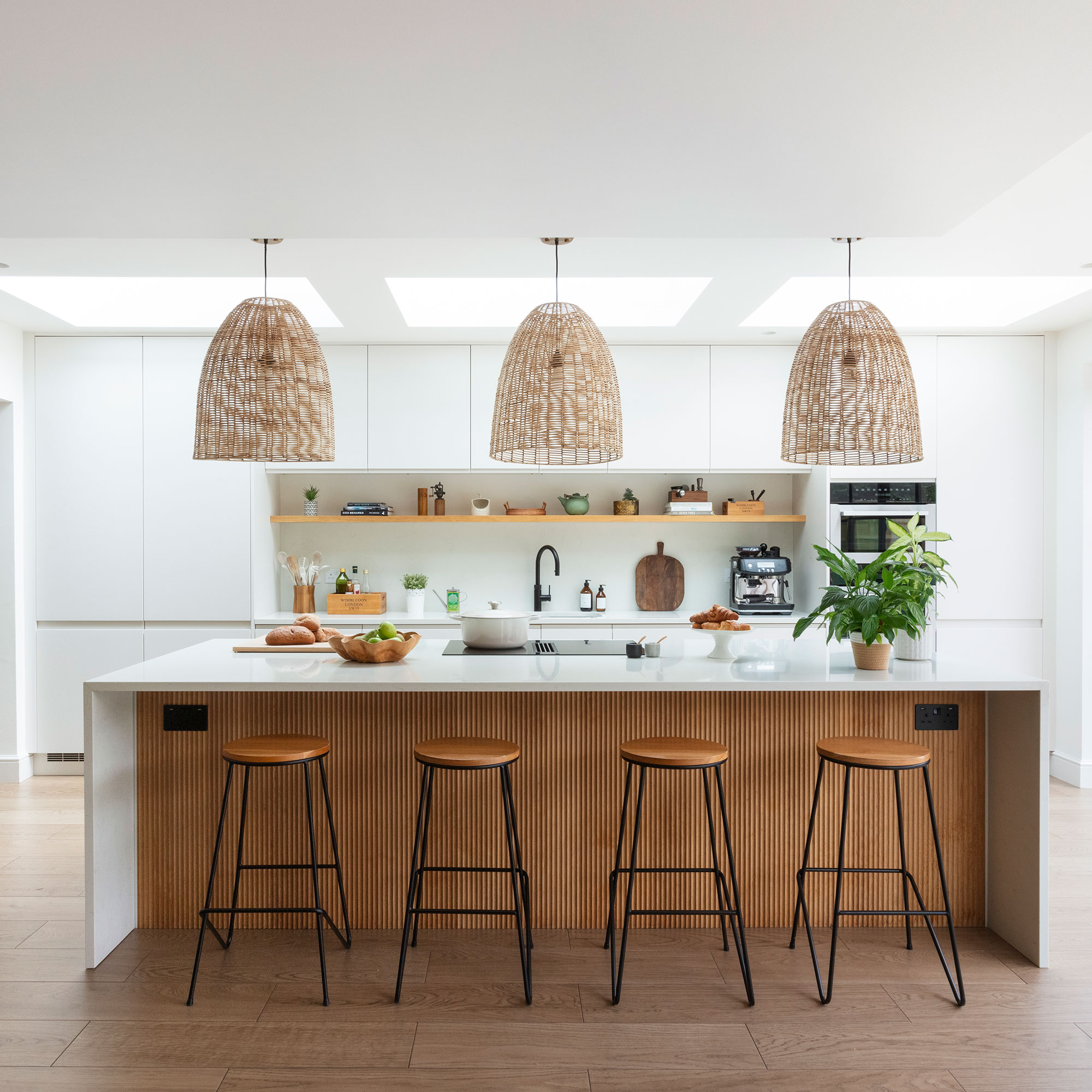 Kitchen hacks to encourage healthy eating habits — 7 ways your kitchen can support healthy living
Kitchen hacks to encourage healthy eating habits — 7 ways your kitchen can support healthy livingMake creating healthy changes easy by following these tips
By Eilidh Williams
-
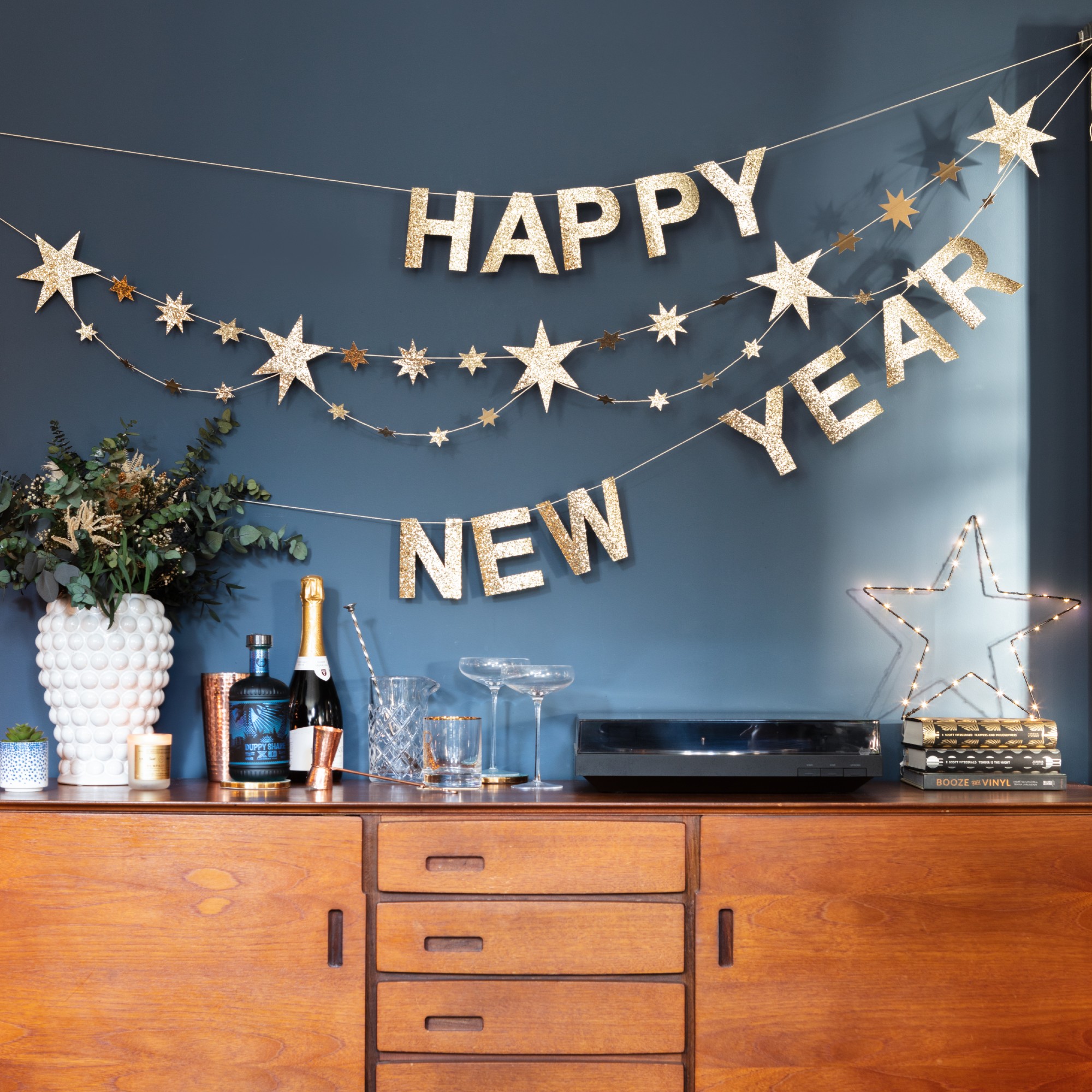 How to reset your home after Christmas to restore a sense of calm
How to reset your home after Christmas to restore a sense of calmFollow these 7 steps to get back to normal at home and beat post-Christmas blues
By Eilidh Williams
-
 How to make a house look more inviting - 8 ways to quickly boost your house’s appeal in time for Christmas
How to make a house look more inviting - 8 ways to quickly boost your house’s appeal in time for ChristmasMake visitors feel welcome from the second they step foot on your property
By Vanessa Richmond